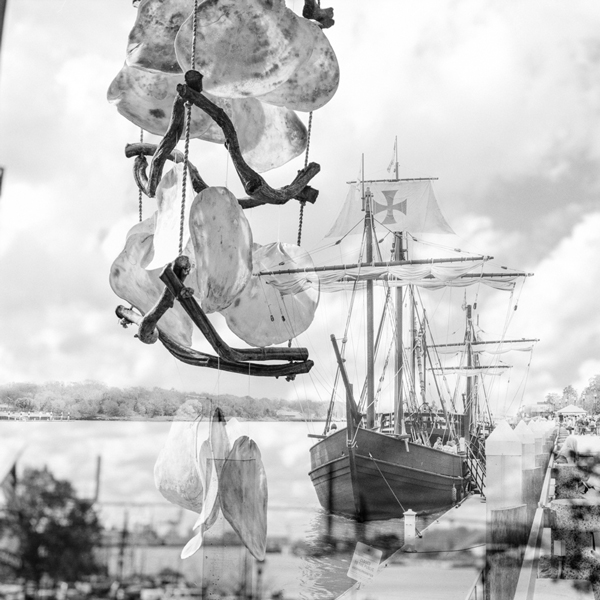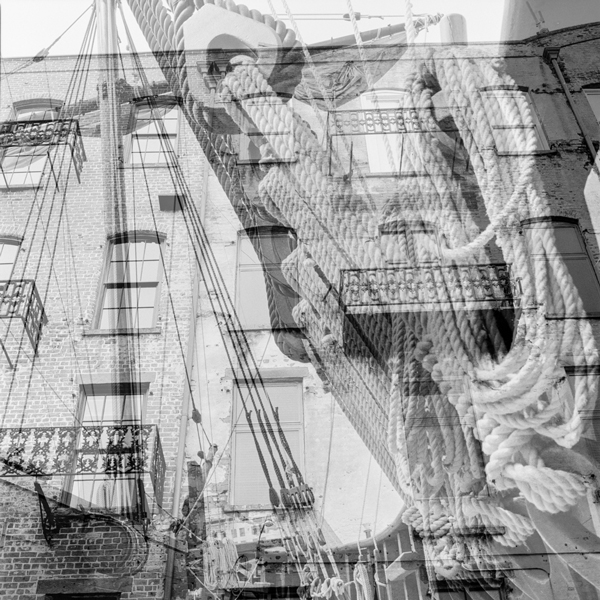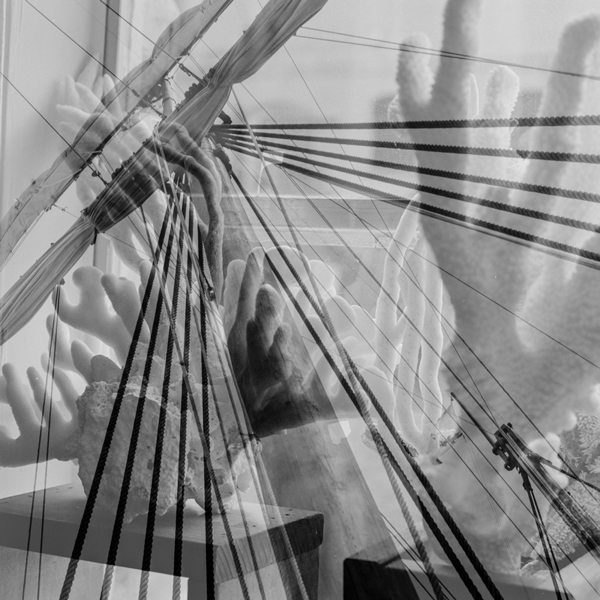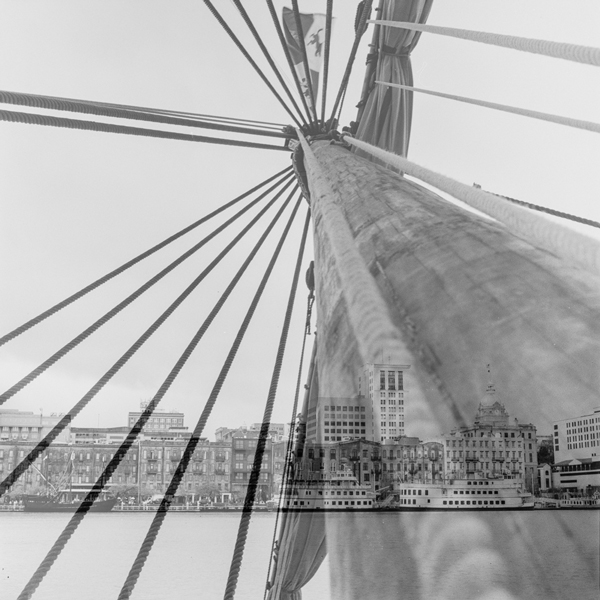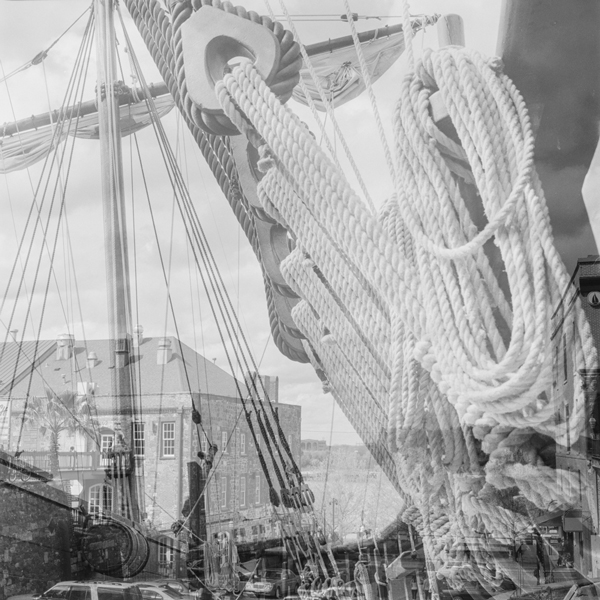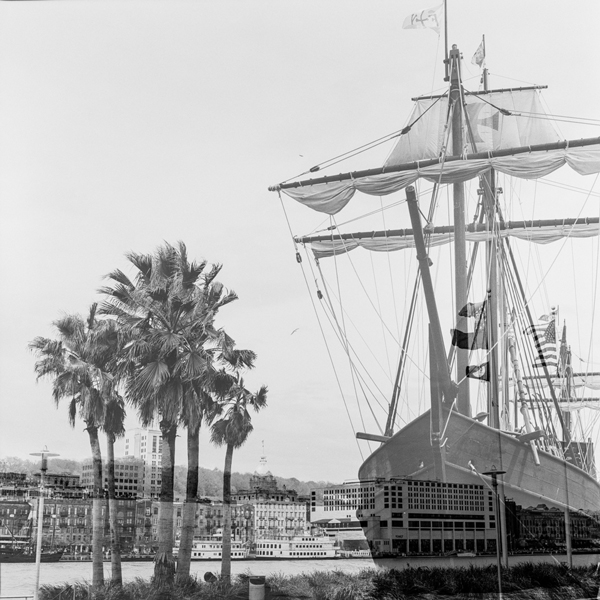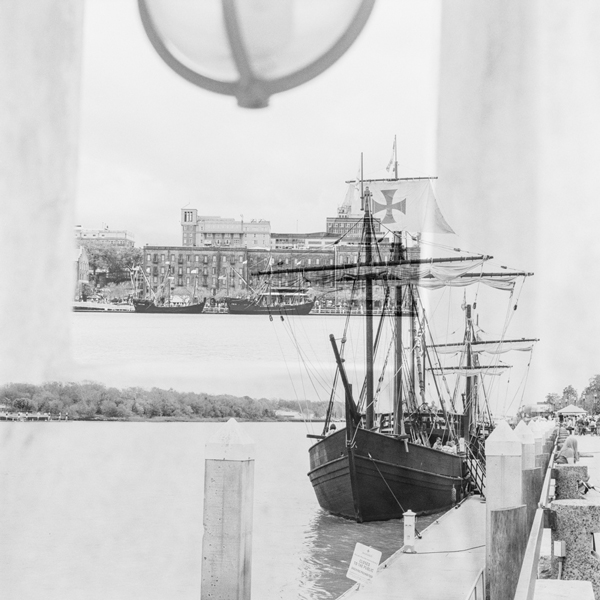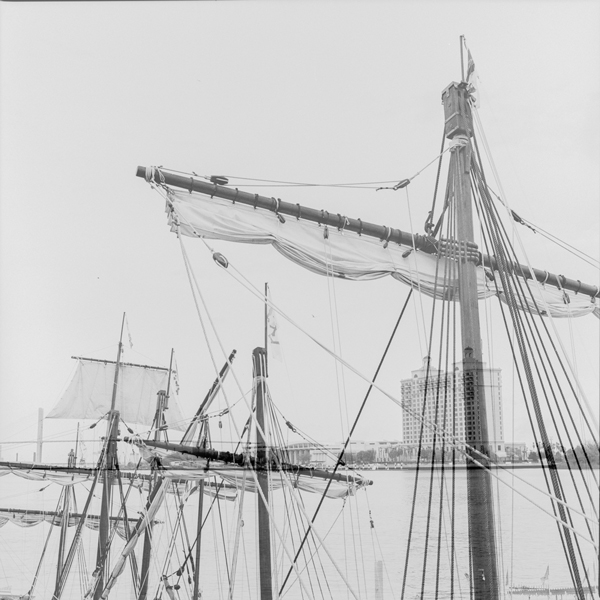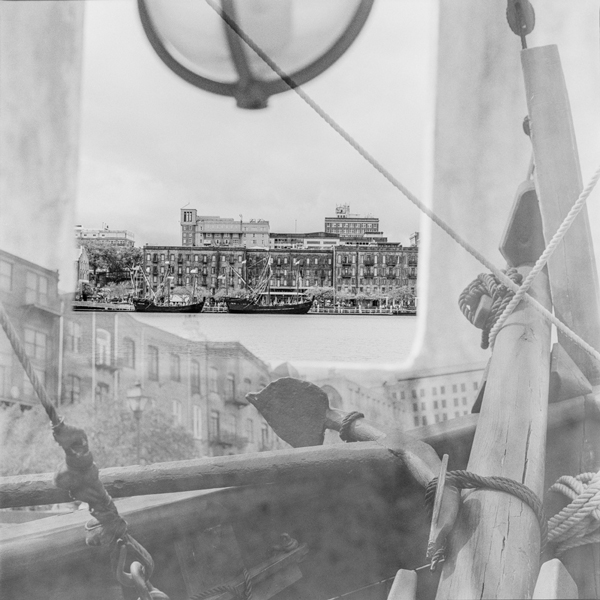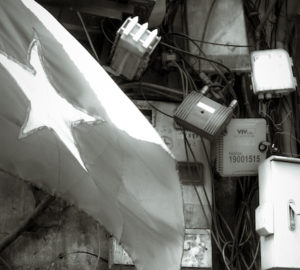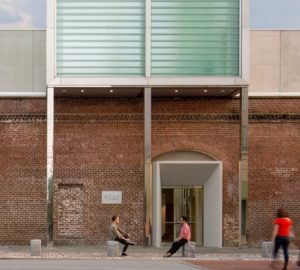Photography and story by Enrique Samson.
Replicas of La Pinta and La Niña anchored in Savannah in March. They are touring the Western Hemisphere as floating museums sponsored by The Columbus Foundation from the British Virgin Islands. As a sailor from Latin America, currently landlocked in beautiful Atlanta, I was out for a photo shoot by the sea. However when I saw the ships floating on the river, I could not resist hanging out with the crew for a couple of hours, photographing the boats and meditating on the history of them and that of the Spanish Empire, “upon which the sun would never set.”
“Plus Ultra,” which translates to “Further Beyond,” is the leitmotiv of this series of double exposures. Temporal matters like the former enmity between the British and the Spanish Crowns vanish when we look further beyond. The caravels aboard which Columbus first claimed the “West Indies” for their Catholic Majesties, Fernando and Isabel, were now peacefully receiving harbor at what was once the capital of Great Britain’s southernmost colonial border. Spanish and British cultural signifiers thus intermingled with the American South for a few weeks. Their presence attested to the temporality of human interests like war and politics, vis-à-vis humankind’s transcending values and the persistent blend of race, culture and language that we are.
“Plus Ultra” is Spain’s Latin national motto, thought to have been adopted by Charles I. He might have been proclaiming to the world that the ocean no longer ended at Gibraltar’s Pillars of Hercules. Furthermore, it was his. The phrase was also to challenge himself under the complex political situation under which he gradually assumed authority over his many kingdoms, starting at the age of six with the Netherlands. The phrase inspired him to transcend his human limitations and reign over a vast array of cultures, languages and territories. Yet, he remained dedicated to his faith and the one solid set of values that it gave him.
The series is meant to challenge and question the viewer’s priorities, to distinguish the signifier from the signified, the temporal from the eternal. Like double exposures, cultures, languages … even currencies continue to merge today. They witness a past that is no longer there but has left a permanent impression. They invite us not to disorderly attach ourselves to them, but to meditate on the transcendence of humanity further beyond man-made artifacts and politics. Maps and governments may change. Political enemies may come and go. Technology may evolve. However, anthropological foundations remain intact.
Technical information: The series was shot on medium format black and white film, in a 1983 Hasselblad 500C/M with a Zeiss 80 mm coated planar lens. The double exposures were done digitally to achieve more control over the composition. One of the rolls was color film, but converted to black and white for cohesion.

























